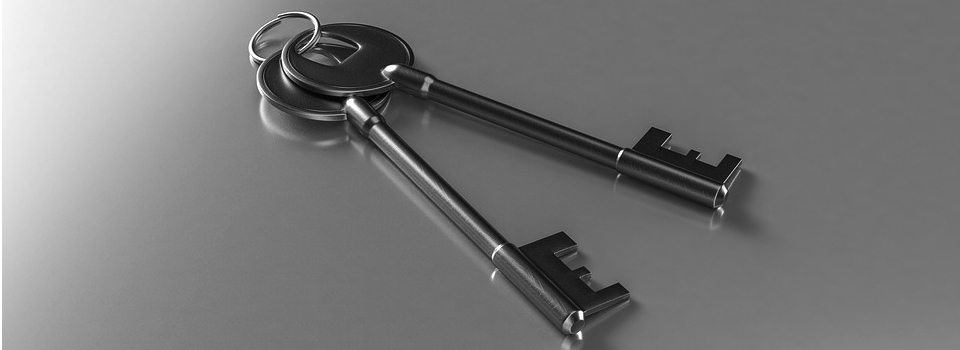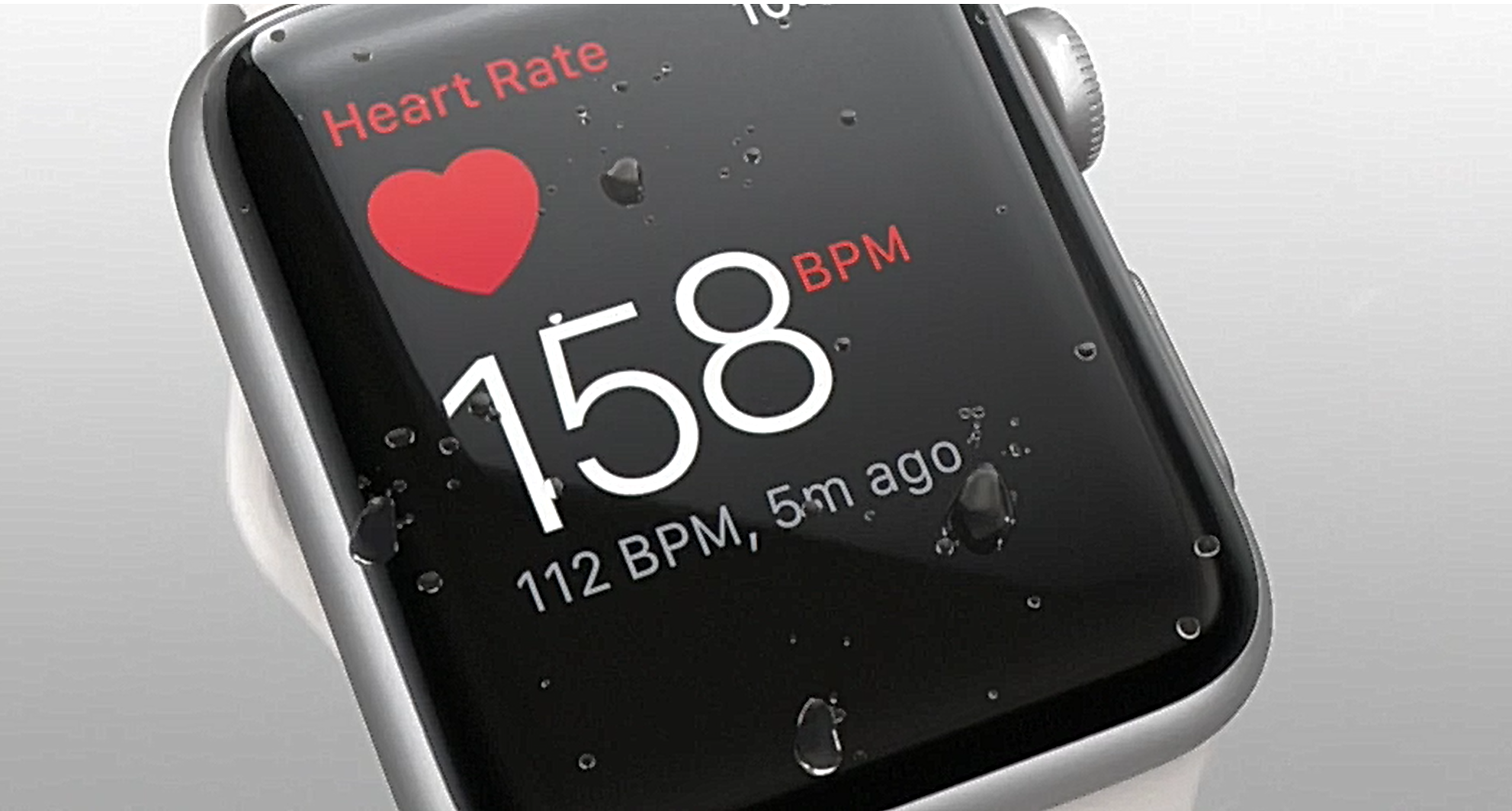Your Apple ID is how you access many important Apple services, including iCloud, Messages, FaceTime and the App Store. Naturally, you’ll want to do everything you can to keep your Apple ID secure, and with data breaches happening all the time, simply creating a password is no longer enough!
Two-factor authentication can provide an additional layer of security, so even if someone does manage to guess or steal your password, they won’t be able to get into your account. Once you have two-factor authentication in place, anyone who tries to log into your Apple ID will need your password, plus a six digit verification code that’s displayed on one of your trusted devices.
In this article, I’m going to show how to keep your photos, videos and important documents secure, by adding two-factor authentication to your Apple ID.
Choosing trusted devices and trusted numbers
To setup two-factor authentication, you’ll need a Mac running El Capitan or later, or an iPhone, iPad or iPod Touch running iOS 9 or higher, that you can use as your trusted device.
Every time you (or someone else!) tries to sign into your account on a new device or browser, you’ll be asked to verify your identity by entering a six digit code that’s displayed on your trusted device.
Portable devices that you routinely carry around with you, such as iPhones, tend to work best as trusted devices. After all, if you’re out and about and need to log into your Apple ID on a new device, then you’re more likely to have your iPhone to hand, rather than your Mac!
You’ll also need to verify at least one trusted phone number where you can receive a verification code via SMS or an automated phone call. Wherever possible, you should verify multiple phone numbers, as there’s always the chance that you might lose access to a particular phone number, for example if you break or misplace your iPhone.
Setting up two-factor authentication
Two-factor authentication is available to all iCloud and iTunes users who have at least one device that’s running the latest version of iOS or macOS.
To setup two-factor authentication on your iPhone, iPad, or iPod Touch:
- Launch your device’s ‘Settings’ app.
- If you’re using iOS 10.3 or later, navigate to ‘[your name] > Password & Security.’ If you’re using iOS 10.2 or earlier, then navigate to ‘iCloud > Password & Security.’
- Select ‘Turn On Two-Factor Authentication > Continue.’
- Enter the phone number where you want to receive verification codes, and then tap ‘Next.’
- Apple will now send a code to the phone number you provided.
To setup two-factor authentication on your Mac:
- Select ‘Apple’ from your Mac’s menu bar, and then select ‘System Preferences… > iCloud.’
- Click the ‘Account Details’ button.
- Enter your Apple ID password and then click ‘Continue.’
- Select the ‘Security’ tab.
- Click the ‘Turn On Two-Factor Authentication…’ button

Keeping your account secure
Two-factor authentication adds an extra layer of security to your account, but if mismanaged it has the potential to be exploited by hackers, and may even result in you getting locked out of your account!
To make sure you don’t regret enabling two-factor authentication, you should protect all of your trusted devices with a long, complex password, and setup a passcode on any smartphones that you use as either your trusted device, or your trusted phone number.
If you do change your phone number, then you must update your trusted number as soon as possible.
- Sign into your Apple ID account.
- Answer the security questions, and then click ‘Continue.’
- On the ‘Manage Your Account’ screen, scroll to the ‘Security’ section and click the ‘Edit’ button.
- Click ‘Add a Trusted Phone Number’ and enter your new phone number.
- Specify whether you want to verify this number with a text message or an automated phone call, and then click ‘Continue.’
- Once you’ve verified your new number, you should remove your previous trusted mobile number. Find this number in the ‘Manage Your Account’ screen, and then click its accompanying ‘x’ button.
Before you go
After spending over 20 years working with Macs, both old and new, theres a tool I think would be useful to every Mac owner who is experiencing performance issues.
CleanMyMac is highest rated all-round cleaning app for the Mac, it can quickly diagnose and solve a whole plethora of common (but sometimes tedious to fix) issues at the click of a button. It also just happens to resolve many of the issues covered in the speed up section of this site, so Download CleanMyMac to get your Mac back up to speed today.








Add Comment